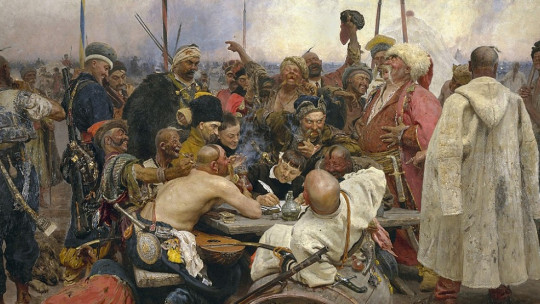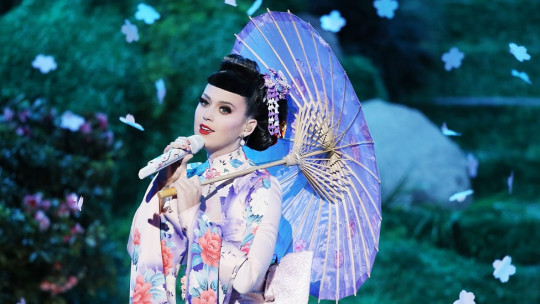
Since the beginning of humanity, people have developed around the establishment of groups and societies. The reason is that in human nature there is the need to relate to others whom we consider equal, as well as the need to feel that we belong to a group that loves us.
The perspective of tribalism is based on some of these premises a concept studied throughout the history of humanity and that, although it is not so common in current Western cultures, there are still traces of tribalism in them.
What is tribalism?
Tribalism is a concept from the field of anthropology that refers to a cultural phenomenon by which Individuals create groups or organizations of a social nature with which to identify and reaffirm yourself as part of something bigger.
Because it is a cultural phenomenon, tribalism tends to expand, covering practically all areas of a person’s life, exerting a bidirectional influence. That is, the person tries to leave a mark of his or her time in the organization and, in turn, the organization itself exerts an influence on the person
In some cases, this influence can cover a large number of aspects of the individual’s life. Such as changes in patterns of behavior, political, religious or moral thinking, as well as influence customs, fashions or ways of using language
Two related definitions
This concept encompasses two different but closely related definitions. On the one hand, we can understand tribalism as a social system by which humanity is divided into differentiated organizations or groups known under the name of tribes.
Today, the term tribe is attributed to those groups of people who share a series of common interests, habits, practices, traditions or a common ethnic origin Throughout the world, there are an infinite number of these groups, all with distinctive traits and qualities.
The second meaning that the term tribalism includes is the one that refers to a strong sense of identity cultural or ethnic. This sensation makes the person define themselves and differentiate themselves from another member of a different tribe. In addition, it also includes the feelings that the person has towards his or her own group, as well as the satisfaction or pride of being in it.
It is very important to understand the differences between these two meanings of tribalism since although tribal societies are barely developed in the West, tribalism understood as the creation of groups of people with common tastes is fully widespread.
Tribalism vs. individualism
In contrast to the idea of tribalism we find individualism. These two anthropological perspectives are completely antagonistic although both aim to understand the person and modern societies.
Unlike tribalism, individualism is committed to the independence and self-sufficiency of each and every person. Followers of this perspective encourage the realization of one’s goals, as well as one’s desires in isolation, based solely on personal options and without any type of external influence or intervention.
Since it also forms a way of understanding society, individualism also represents a way of understanding the whole of society, politics, morality or ideology, establishing the individual as the center of all of them.
Its main antagonistic perspectives are tribalism and collectivism, which defend a unity or association of people to achieve common goals. Although it is true that the human being has traditionally been considered a gregarious animal, that is, it lives and develops in a community. There is an extensive debate in the world of sociology and anthropology about which position is most developed today.
While Some experts argue that people are increasingly tending towards deindividualization and to life in a group or community, they also specify that these new forms of tribalism differ greatly from the traditional ones and that they develop with the passage of time and the transformation of societies.
On the other hand, those who maintain that individualism is currently increasingly widespread in developed countries, defend that people and groups tend toward individualization and isolation as well as a decrease in the feeling of community or achievement of common objectives.
In the latter case, part of the anthropological community believes that the individualistic tendency that we currently experience is in line with the development of narcissistic tendencies that seem to be on the rise today.
These narcissistic tendencies that promote individualism They are characterized by presenting the following patterns or elements:
The emergence of urban tribes
The genesis and development of urban tribes is explainable within the theoretical framework that explains tribalism. The most common definition of an urban tribe is one that defines it as groups of people, usually adolescents, who follow common trends and practices or customs and who become visible through uniformity when dressing or expressing oneself
Urban tribes are the highest expression of current tribalism. These groups of people create their own vision and image of the world around them, new forms of interaction with the environment and different ways of expressing themselves not only through language, but also through dress codes, symbols, music, literature or art
Belonging to an urban tribe gives a person the possibility of building an identity and developing a feeling of belonging to a related group. Furthermore, they are used as a means to distance oneself from what is socially established, distance oneself from institutions and generate new societies or collectivities.








